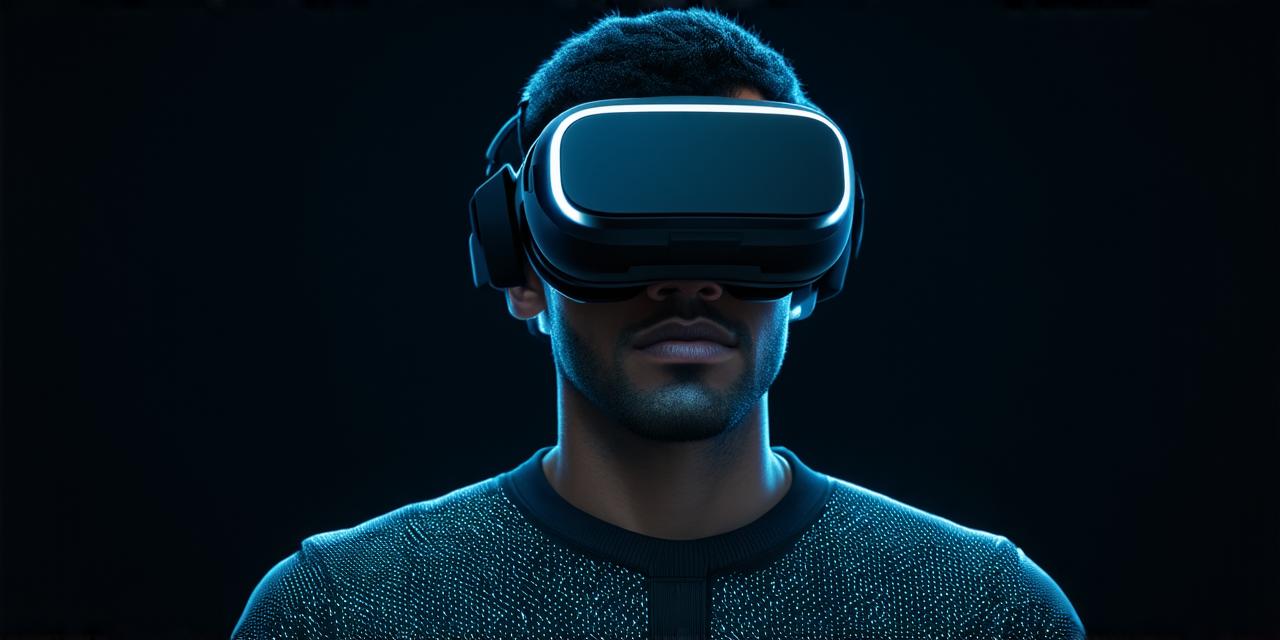Augmented reality (AR) and virtual reality (VR) are two types of immersive technologies that allow users to interact with digital content in different ways.
Introduction to Augmented Reality
Augmented reality is a technology that overlays digital information on top of the real world. It enhances users’ perception of their physical surroundings by adding interactive elements such as graphics, animations, and sound effects. The goal of AR is to create a seamless integration between the digital and physical worlds.
One of the most common examples of AR is the use of mobile apps that allow users to see virtual objects in their real-world environment. For example, a user can point their phone’s camera at a piece of furniture, and an augmented reality app will superimpose a 3D model of the object onto the real-world image.
Introduction to Virtual Reality
Virtual reality is a technology that creates a completely artificial environment for users to interact with. It immerses users in a simulated world that is controlled by a computer. VR uses sensors and tracking devices to monitor users’ movements, allowing them to move within the virtual world as if they were physically present.
One of the most common examples of VR is gaming. Video games can be played in a virtual environment that simulates the real world or an entirely new world. Users can interact with the virtual environment using specialized controllers or even their body movements.
Differences between AR and VR
The main difference between AR and VR is the level of immersion. AR enhances the user’s perception of their physical surroundings, while VR completely immerses the user in a simulated environment.
Another key difference is the level of interaction. In AR, users can interact with digital elements in the real world, but they cannot physically touch or manipulate them. In VR, users can interact with virtual objects in the same way as if they were real objects, including touching and manipulating them.

AR is typically used for practical purposes such as training, education, and design, while VR is primarily used for entertainment such as gaming and immersive movies.
Summary
Augmented reality and virtual reality are two powerful technologies that allow users to interact with digital content in different ways. While they share some similarities, there are several key differences between AR and VR. The choice of which technology to use will depend on the specific application and the level of immersion and interaction required.



